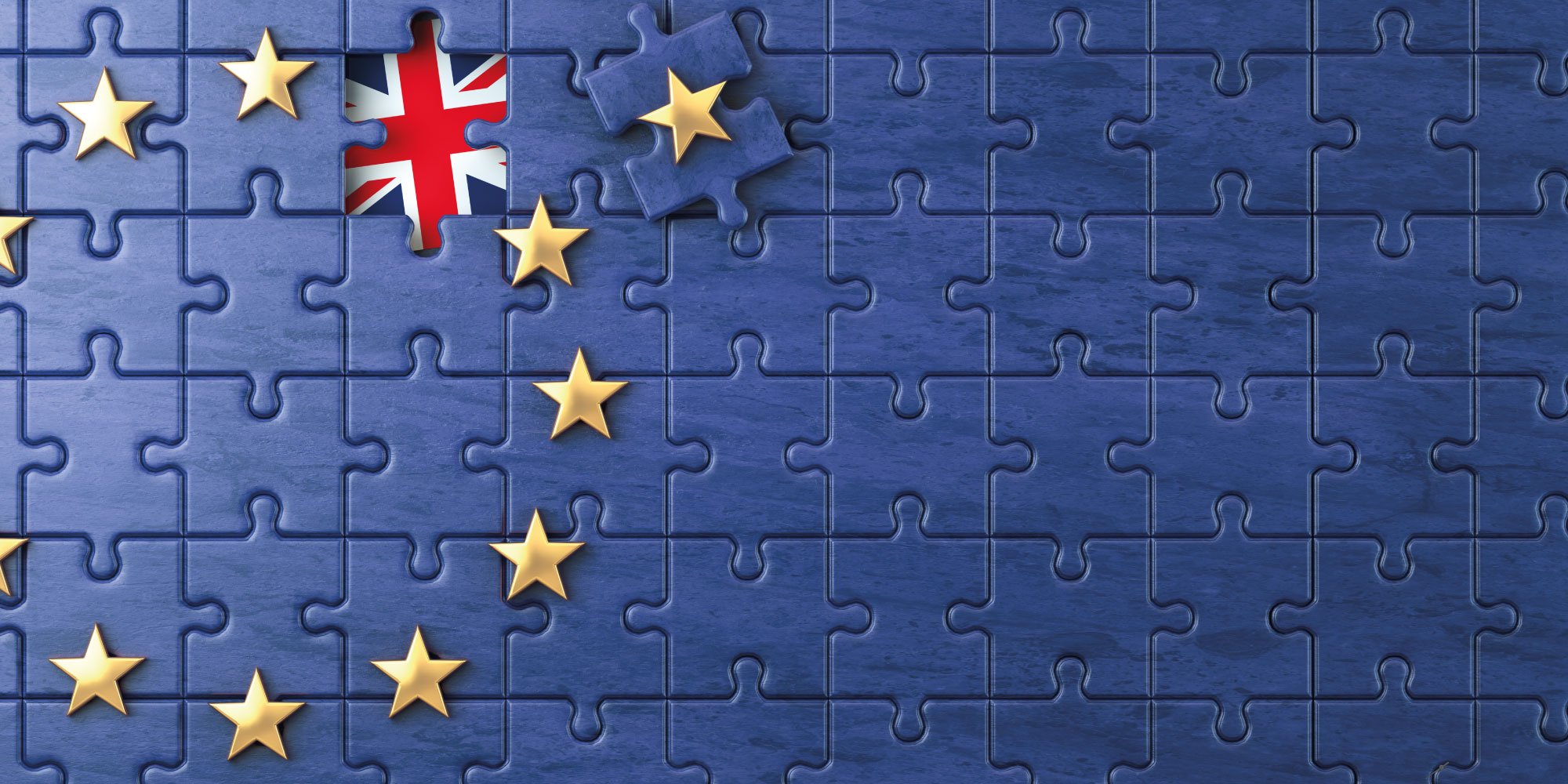After the end of the Brexit transition period, the impact on businesses involved in the movement of goods between the UK and the EU 27 is becoming clear.
In this article, we reflect on the challenges of coordinating UK-EU multi-modal logistics post-Brexit and explain how working with an expert and organized customs agent and freight services provider can help customers minimize disruption and build supply chain resilience.
The United Kingdom (UK) officially left the European Union (EU) in January 2020, but a post-Brexit transition period kept most existing arrangements in place until 01 January 2021, when most EU rules ceased to apply to the UK.
Prior to the Brexit transition agreement being finalized, the UK customs authority, HM Revenue & Customs, had estimated that 270 million extra declarations would be needed each year for EU imports into the UK alone, at an estimated cost of £7bn (EUR 8.18 bn).
Evidencing the scale of the problem for many shippers, a survey of 350 supply chain managers conducted by the UK-based Chartered Institute of Procurement and Supply (CIPS) found that two out of three respondents had experienced delays of at least two to three days getting goods into the UK during February 2021. 44% of respondents also experienced delays of at least two to three days getting goods from the UK into the EU. Almost half of the delays were caused by customs paperwork on both sides of the border.
These findings speak to the importance of preparation, and the value of working with a third-party customs agent and freight services provider such as Hannibal/Rail Hub Milano that has full knowledge of the new requirements and the ability to offer flexible transportation options to avoid supply-chain bottlenecks.
Overcoming additional hurdles together
For every shipper and every consignment, the requirements can differ, but several key requirements apply across the board. Today, both importers and exporters need to obtain both the UK and EU Economic Operators Registration and Identification number (EORI number), which is a relatively straightforward process, completed online through government customs websites.
Businesses will then need to check if their goods are categorized as ‘controlled goods’. If the goods are on the ‘controlled list’ or include animals, plants, or animal-origin or plant products, extra documentation needs to be prepared and arrangements made to comply with the relevant checks. Full declarations for goods not on the controlled list can be delayed until July 2021.
To qualify for tariff-free access, businesses exporting from the UK also need to ensure that their goods meet the requirements of the ‘Rules of Origin’ set out in the agreement. The rules determine whether a product leaving Britain is “British enough” to qualify for tariff-free trade with the European Union.
If UK exporters are unable to prove the UK origin of their products, importers within the EU will have to pay the third country duty provided for by the Community customs tariff. Import VAT is now due on all goods including those arriving into the UK from the EU, but exports from the UK to the EU, meanwhile, are zero-rated for VAT. Consignments not exceeding £135 in value have UK supply VAT applied at the point of sale rather than UK import VAT.
To complicate matters further, the requirements and procedures are not reciprocal or mirrored, currently, and while the UK struck the deal with the EU, each of the bloc’s member states is able to enforce its terms differently – including different rates of VAT.
This is before even more complex requirements come into force this spring. On 01 April 2021 UK border officials will begin requesting Sanitary & Phytosanitary paperwork for animal and plant imports like meat and dairy. From 01 July 2021, all goods arriving into Britain from EU member states will face a full range of customs, security, and health checks. At this point, the challenge will likely increase further, particularly for EU businesses looking to trade with the UK.
The importance of preparation
Unfortunately, there is no one-size-fits-all advice to give to any business looking to move goods between the EU and UK, but rather a checklist of procedures and frameworks to follow depending on the goods being moved and the destination for the consignment.
Given the plethora of risks these new procedures and requirements place on every product chain, the UK Government and a host of industry authorities have all recommended that shippers engage a customs agent or reputable freight forwarder to handle administrative requirements.
The Contship Italia Group, through the customs broker Rail Hub Milano (RHM), is able to provide customers with advice and know-how relating to customs requirements. In particular, for exporting companies, RHM provides support for the management and choice of the type of customs procedure, the classification of the goods, the preferential origin that can possibly be granted to the exported products, if certain conditions are met.
For import, RHM provides support in the compilation of the customs declaration and consequent VAT settlement.
Further supporting customers in the transport of goods from the UK and the EU, Hannibal, the Contship Group's MTO, has also promoted a new intermodal Milan-Rotterdam service, which connects Rail Hub Milano to the Botlek C.ro terminal in Rotterdam. Using this service, it is possible to quickly reach the United Kingdom, Ireland, and Portugal, through short sea connections, without the need for transfers by truck between the railway terminal and the maritime terminal of embarkation/disembarkation.
Export procedures (from UK) for the shipper
- Register a UK EORI
- Check if you need a license to export your goods, based on its category
- Establish the origin of the goods
- Find the commodity (HS classification) code of the goods
- For each consignment, complete a commercial invoice
- Declare the export consignment to customs, including:
- Commercial invoice
- Certificate of preferential origin
- Applicable licenses and certificates (such as for food and plants)
- The Export or Transit Accompanying Document issued by customs
- Combined customs and safety and security declaration
- Present goods to customs
- Finalize the export entry on the national customs system
Import procedures (to UK) for the shipper
- Register for an EU EORI
- Find the commodity (HS classification) code of the goods
- Establish the origin of the goods
- Check for & follow import restrictions or additional requirements
- For each consignment, determine the value of the goods
- Declare the import to customs
- Finalise duty and VAT payments
The complexity of these operations requires particular attention, especially for less structured operators, for whom it becomes essential to make use of expert customs agents and suppliers of freight transport services, such as Rail Hub Milano and Hannibal. With full knowledge of the new requirements, RHM and Hannibal offer safe and flexible transportation options and can work with customers to avoid delays and bottlenecks in the supply chain.
To obtain further information, you can contact our offices directly, using the form below.


